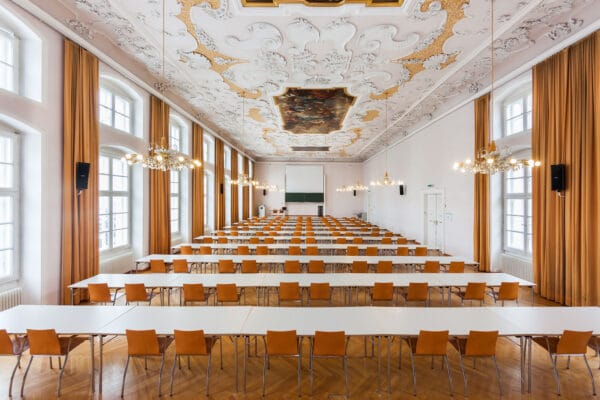
NAME:
Theologie - MS
BUILDING:
Theologie
FLOOR:
2
TYPE:
Lecture Room
CAPACITY:
108
ACCESS:
Only Participants
EQUIPMENT:
Beamer, PC, WLAN (Eduroam), Overhead, Flipchart, Blackboard, Handicapped Accessible, LAN, Microphones, Sound System
The complexity and the heterogeneity of the Alpine geography offer the ground for experimenting with different governance models, sometimes bottom-up and sometimes more top-down. The way in which territories are managed differs largely among the countries, influencing not only their spatial organisation but also the governance apparatus applied upon. This is because the countries part of the Alpine area are governed in different ways: to some extent Italy, Germany and Switzerland are largely decentralised with huge differences across them and within each country (see the autonomous regions in Italy), while France is considered instead a centralised system. Based on the evidence gathered from the ESPON INTERALP project, this contribution provides evidence and compares the different governance models across the Alpine arc, highlighting both their strengths and critical issues. The proposal collects different experiences that adopt creative governance structures and models tailored to specific needs: increase multilevel cooperation and coordination, include multi-actor perspectives, explore cross-board contamination, etc. Indeed, particular attention is given to the role of cross-border, transnational, and inter-municipal cooperation programs. The analysis shows how these models transcend traditional governance structures by adopting non-standard institutional geometries moving from more traditional to more experimental initiatives. Although these initiatives aim to promote more integrated and coordinated territorial management, they often overlap and further fragment the institutional framework in between formal institutional arrangement and experimentations. While this heterogeneity is, in principle, interesting, the multiplicity of instruments and actors involved creates administrative complexity and risks slowing down the implementation of effective policies.

We and use cookies and other tracking technologies to improve your experience on our website. We may store and/or access information on a device and process personal data, such as your IP address and browsing data, for personalised advertising and content, advertising and content measurement, audience research and services development. Additionally, we may utilize precise geolocation data and identification through device scanning.
Please note that your consent will be valid across all our subdomains. You can change or withdraw your consent at any time by clicking the “Consent Preferences” button at the bottom of your screen. We respect your choices and are committed to providing you with a transparent and secure browsing experience.